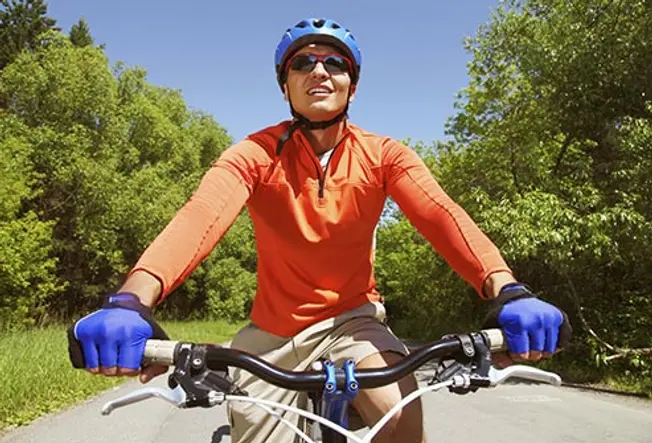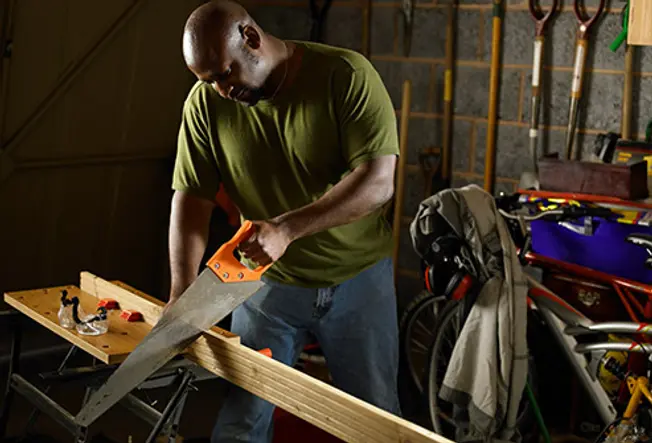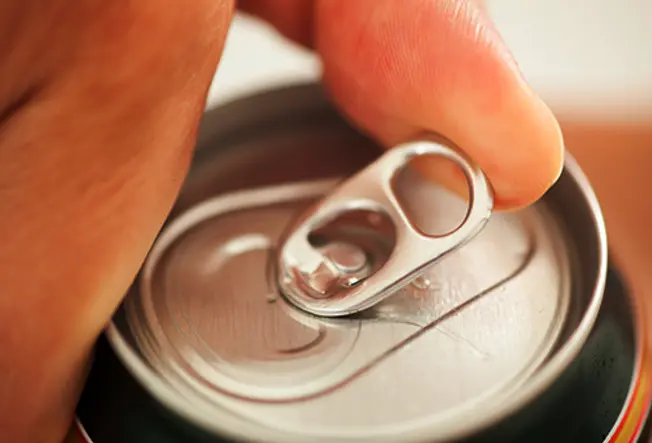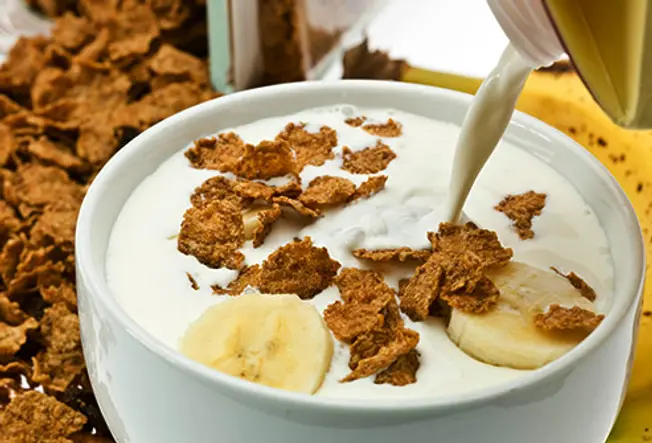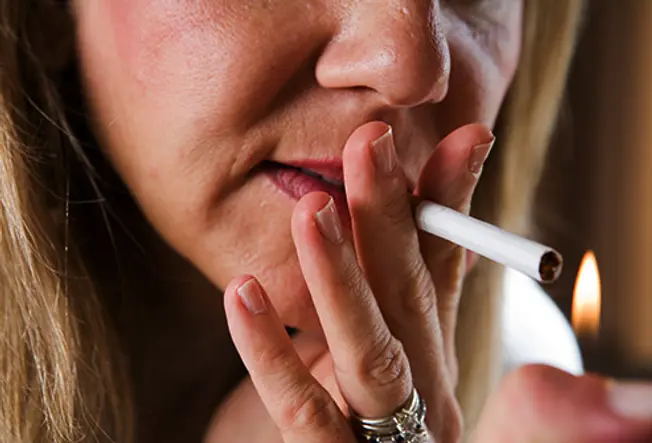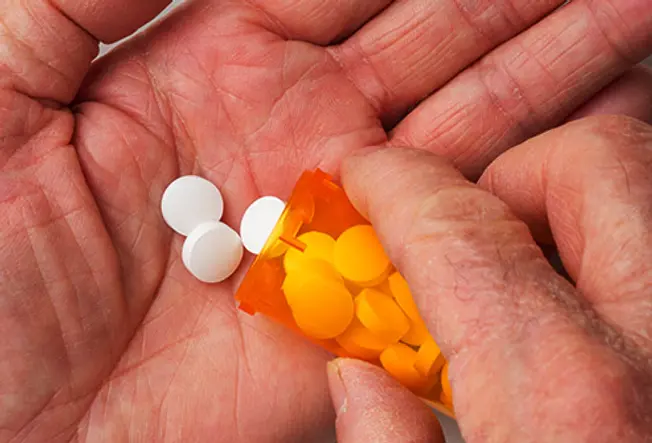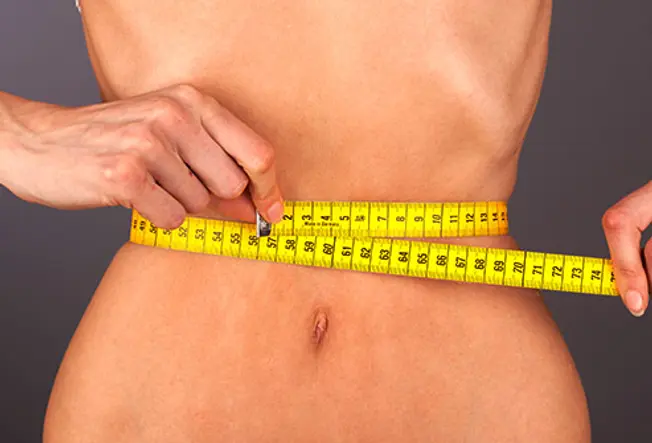If you are a yogurt fan, there is good news. Eating more yogurt may improve your bone health.

Researchers at Trinity College announced in a news release that they observed a direct link between yogurt consumption and better bone health in older people who participated in the study.
“Yogurt is a rich source of different bone-promoting nutrients,” says Dr. Eamon Laird, lead study author and research fellow at the university, in a release. “Thus our findings in some ways are not surprising.”
Bone health in seniors is a big concern because of the risk of developing osteopenia (poor bone density), a prelude to osteoporosis — in which bones become porous and so fragile that a minor event can result in a fracture.
For this study, participants filled out a questionnaire about yogurt consumption. Frequency levels included never, two to three times per week, and more than one serving per day.
Researchers looked at many risk factors to determine whether a participant might have poor bone density. They considered diet — how much fish, meat and other dairy products were consumed. They factored in dietary supplements, such as Vitamin D. They also looked at overall health: body mass index (BMI), level of physical activity, kidney function, smoking and alcohol consumption.
A group of 1,057 women and 763 men were checked for bone mineral density (BMD), while 2,624 women and 1,290 men were assessed for physical function.
Women who consumed the most yogurt had about 3.1% to 3.9% higher hip and femoral neck BMD levels than those who ate the least amount of yogurt. Some of the physical function measures were 6.7% higher in the yogurt lovers.
For men, researchers measured a 9.5% lower indicator of bone breakdown for those with the highest yogurt consumption versus those on the other end of the scale. Researchers say this means there is “reduced bone turnover” in those who eat the most yogurt.
With all the differences in risk factors taken into consideration, researchers determined that for women, each additional serving of yogurt reduced the risk of osteopenia by 31% and reduced the risk of osteoporosis by 39%. In men, the risk of osteoporosis dropped by 52%. Researchers noted that vitamin D supplements also play a part in reducing risks for both men and women.
“The data suggest that improving yogurt intakes could be a strategy for maintaining bone health,” says Laird. “But it needs verification through future research as it is observational.”




